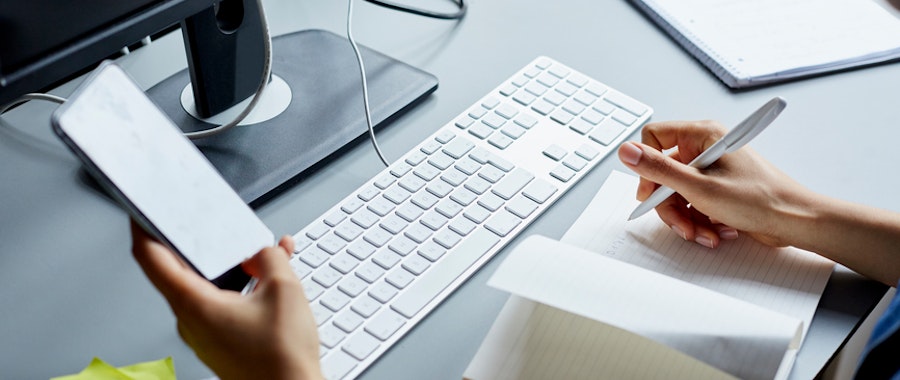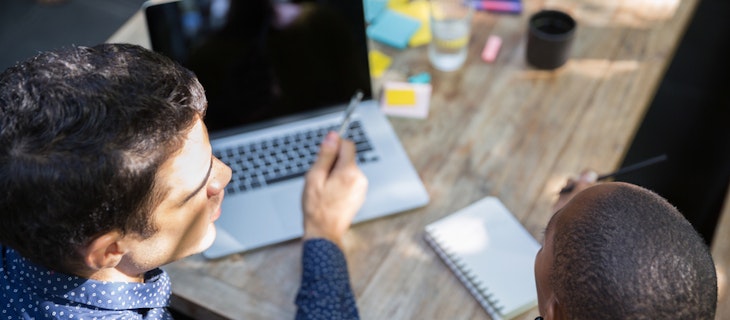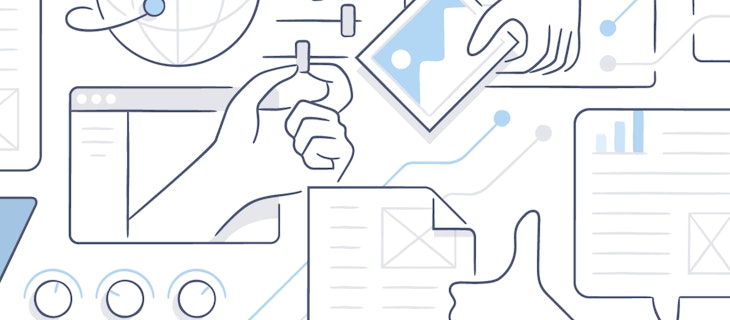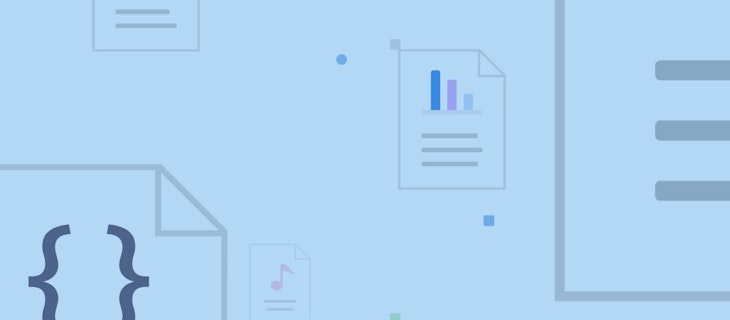
How Dropbox Paper can help designers create
From UX to graphic design and identity, designers have a wide suite of high-tech products and services at their fingertips – but a common starting point for many designers is a good ol’ piece of A4 paper and a thick black pen. We take a look at how paper and Dropbox Paper can work together to create great design.
The start of a design project is a nebulous time – creative energy and excitement mixes with the daunting weight of what lies ahead – but soon after briefing, most designers will reach for a pen and paper and get to doodling. In part, the practice is institutionalised, taught to this day by most design schools and colleges. At the same time, the practice is instinctive – there’s great comfort in filling a blank sheet of paper with ideas.
We spoke with a collection of designers, from professionals practicing straight-up graphic design, to those immersed in UX and service design, about how they prefer to create. What we found was a series of recurring themes around collaboration and transparency.
The first theme was immediacy. Designers find the pressure valve released with a pen and paper, as they are able to very quickly visualise something in their head and get it out into a form they can see. For finicky projects such as wireframes and app design, paper provides a fast alternative to fixating over the creation of hundreds of custom shapes in design software – colour pens help code moving parts further, while Post-Its allow for single-minded components to be easily iterated and moved around. Flexible online workspaces, like Dropbox Paper, allow for teams to stay on the same page as design concepts come into fruition.
The second theme centred on transparency – the sense that everyone is working together and benefiting from one another’s ideas. If working in a team, Dropbox Paper can be a natural complement to ideation stage of the design process. Teams use this tool to quickly gather inspiration and create mood-boards of art styles or design features that all can see and agree on.
The document scanning feature in Dropbox Business can allow designers to include sketches allow for non-present parties to give their two cents, easily navigated through comment tracking, and insert their own sketches below. Quickly a collective picture starts to form.
This emerged as a fourth theme – tangibility. The ability to flip back (or scroll up as it were) and revisit previous dead ends proves to be a useful asset in the designer’s ideation toolkit. It gives an actual sense of a project coming together, and safety in the ability to go back.
Efficiency emerged as the final theme. Time spent sketching out something roughly can save hours in the long run of a project. That’s because you often can’t visually anticipate the finer details until you have them in front of you – in a rough form, your attention is drawn to those details you may have otherwise neglected and have to undo hours of work to rectify. The advantage of tools like Dropbox Paper, is that designers have the ability to collaborate early and quickly on bigger projects, without having to follow a strict workflow structure.
Whether it’s physical or digital, one thing is certain – Dropbox Paper proves to be a powerful tool for designers in today’s increasingly paperless world.


